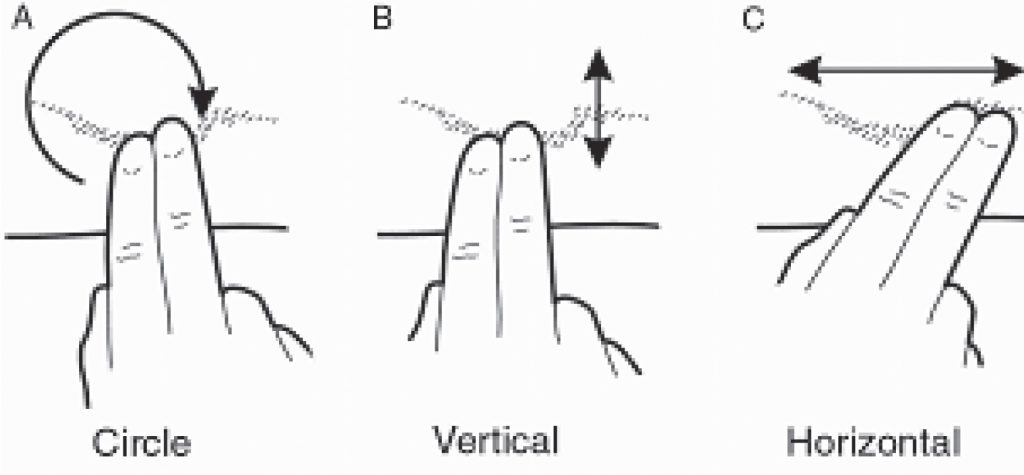Download and print as a PDF (296kB pdf)
On this page
What is a scar?
Scars result when the body repairs skin wounds caused by surgery, accident or disease. They are the natural result of the healing process. The longer it takes a wound to heal and the more damaged the skin, the greater the chance of a noticeable scar.
The location on the body or face as well as the patient’s age and skin type will affect the way a scar forms. Older skin tends to scar less visibly whereas younger skin tends to over-heal resulting in larger and thicker scars.
Why are scars visible?
Mature scars become visible if they are raised, indented, or if they exhibit a different colour or texture compared to the surrounding skin. Additionally, scars that cross wrinkles or natural expression lines will appear more visible because they neither follow a natural pattern nor look like a naturally occurring line.
How can I lessen my scar?
Scar formation and scar maturation are on going processes. Scars continue to grow and change throughout the recovery process which may take from twelve to eighteen months. Scar massage is an effective way to decrease scar tissue build up and help make scars less noticeable. Massage will not help soften a scar more than two years old.
What is scar massage?
Scar massage is one method of softening and flattening scars. It serves several important functions
- Promoting collagen remodelling by applying pressure to scars.
- Helping to decrease itching.
- Providing moisture and flexibility to the scar.
How do I massage my scars?
Use the pads or soft tips of your fingers to massage the scar and tissue around the scar. Massage in all three directions.
Circle
Using two fingers make small circles over the length of the scar and the skin surrounding it.
Vertical
Using two fingers massage the scar up-and-down.
Horizontal
Using two fingers massage the scar from side-to-side.

How much pressure should I apply?
You should apply as much pressure as you can tolerate. Begin with light pressure and progress to deeper and firmer pressure. Massage lotion in, applying enough pressure to make the scar area lighten in colour or turn white.
When should I stop massaging?
Stop massaging and contact your doctor if you experience any of the following:
- Redness
- Bleeding
- Scar feels warmer than the skin around it
- More pain than usual at the site of the scar
What else should I know about scars?
While your scars are healing, you should avoid sun exposure. Sun exposure may cause your scars to hyper pigment, or turn darker than the surrounding skin. You should use sun screen with an SPF of 30 or greater and wear protective clothing at all times. Keep your scars away from the sun for at least one year following your surgery.
What lotion should I use?
- Use any moisturising lotion that will keep your skin soft and supple
- Do not use heavily perfumed lotions
How to contact us
If you have any question or concerns please contact our Clinical Nurse Specialist via email: [email protected]
This information is intended for patients receiving care in Brighton & Hove or Haywards Heath.
The information here is for guidance purposes only and is in no way intended to replace professional clinical advice by a qualified practitioner.